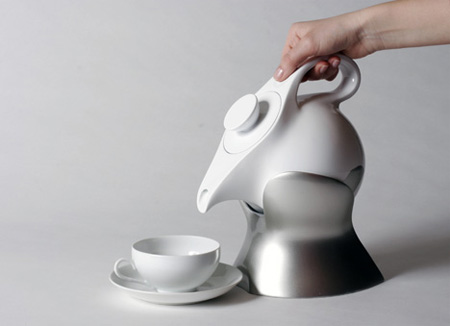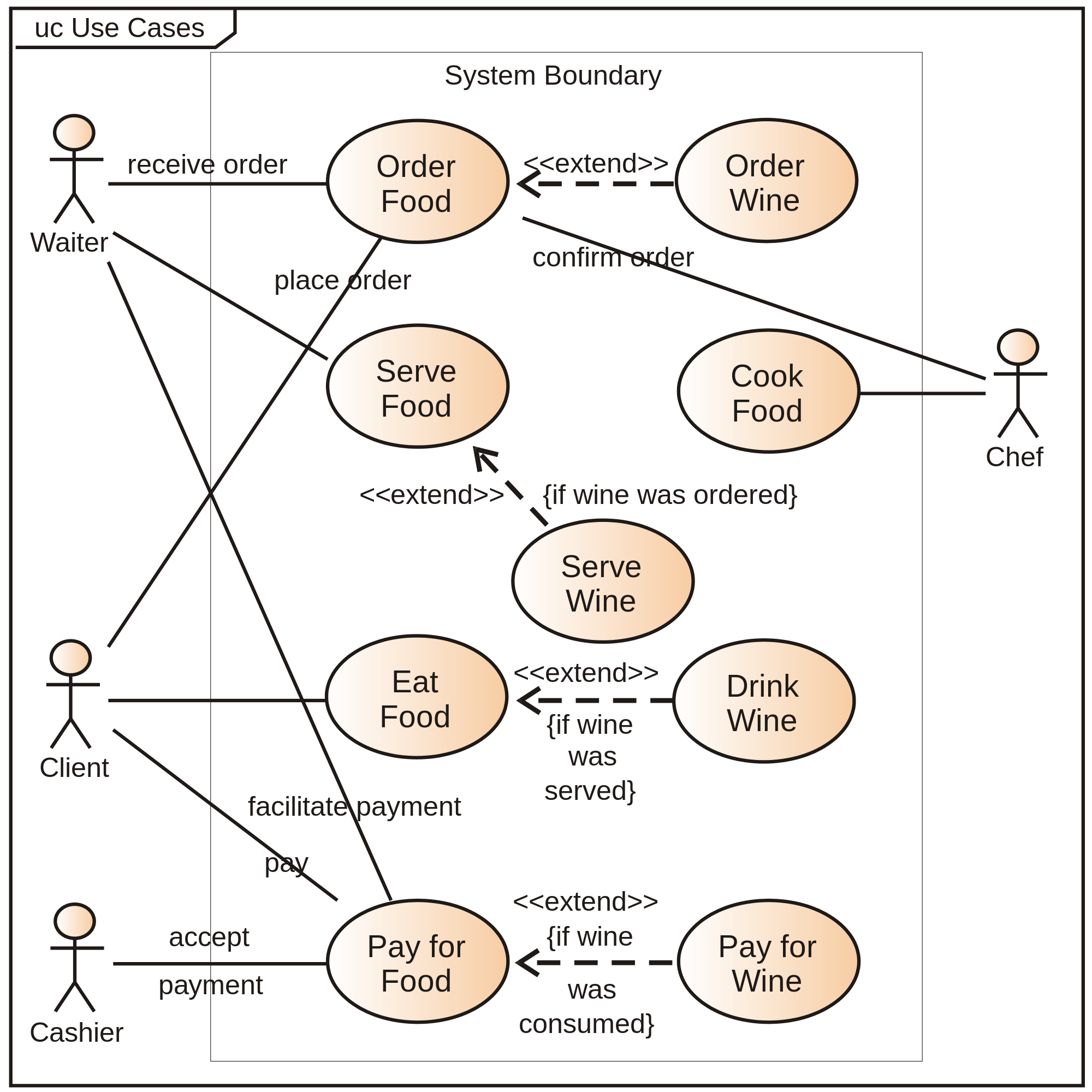Designers should select research strategies based on the desired user experiences in the context of the product, service or system. The purpose of user research is to identify needs that reveal the complexities of personae. Real-life scenarios that simulate “actual” user experiences can generate new findings.
The various strategies for user research can be used by the designer to explore the true nature of a problem. Through the use of personae and use cases, the designer can build a range of possible scenarios with which to explore the problem in detail.
User population
- User population is a range of users for a particular product or system.
- A product maybe design for a particular population.
- Easy grip can opener for people with arthritis
- On the other hand, some products can be designed for use by different or multiple populations.
- When considering strategies for user research, designers need to consider their appropriateness in relation to user populations.
Classification of users
- People of user populations are classified into groups based on age, gender and physical condition.
- physical conditions may include mobility issues, amputees, blindness, arthritis and so on.
- This can allow the designer to gather detailed feedback to generate insights for design development that are particular to each group.
- For example, a group of users who suffer from arthritis in their wrists would have different concerns with the design of a new kettle and give different feedback than a population of students.
- Another example is IDEO’s project in designing homes for wounded war veterans.
The use of personae
Designers can observe and interview members of a user population in order to create fictional characters known as personae, secondary personae and anti-personae.
- Personae are the primary target audience they are the ‘typical’ stakeholder.
- Secondary personae are not the primary target audience for a product, but whose needs the product should meet.
- They provide valuable ‘alternative’ insights to the development of a product.
- Anti-personae are those for whom the product is not designed.
- Personas are used to collect data to better understand the market.
- Blog by an app designer
- Wikipedia reference on Persona (User Centered Design)
Design of Business seats with EADS using persona
Scenarios
- Scenarios offer a physical and social context for different personae
- A scenario is an imagined sequence of events in the daily life of a persona based on assumptions by researchers and designers.
- Scenarios are based on best, worst and average case. Imagining any conceivable situation.
- Students need to be able to consider best-, worst- and average-case scenarios that provide a physical and social context for different personae.
Use case
- A set of possible sequences of interactions or event steps between a user and a product to achieve a particular action.
- It depict all possible interactions
- Can be shown in step form or in a diagram
- Use case sample on this website
International-mindedness:
User population behaviours, wants and needs may vary from one community of potential users to another, which may result in the development of a product family.
Theory of knowledge:
Design considers the needs of individuals as paramount. Is this the case in other areas of knowledge?
Something Extra:


